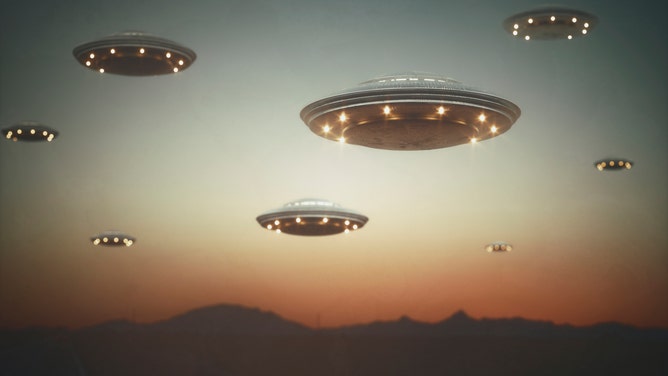Scientists Find New Planet, Think It Could Support Human Life
Scientists have discovered a new planet, one they say has the potential to support human life.
The researchers described the planet as "the nearest, transiting temperate, Earth-sized planet found to date" in a Monthly Notices of the Royal Astronomical Society study.
Dubbed, Gliese 12 b, the planet is slightly smaller than Earth, located just 40 light years away, and orbits a cool red dwarf star.
And get this: one year on Gliese 12 b is just 12.8 days on Earth because the planet orbits its star so closely.
"Thrillingly, this planet is the closest Earth-sized and temperature planet we know," Thomas Wilson, one of the study’s authors, told BBC.
"Planets like Gliese 12 b are very few and far between, so for us to be able to examine one this closely and learn about its atmosphere and temperature is very rare."
Gliese is also an "exoplanet," meaning it rests outside our solar system.
"In order to find out if Gliese 12 b could support human life, scientists will need to determine if it has an atmosphere similar to Earth—one that could have water on its surface, since that is essential for a planet to be habitable," explains Time Magazine.
"But scientists said they were still unsure what kind of atmosphere it has—if any at all. Scientists said the planet was a good candidate for further atmospheric study."
The atmosphere should determine whether Gliese can shield itself from the sun’s rays. Venus, which is a similar size as Gliese cannot – hence why its median surface temp is around 867° F.

Invasion of alien spaceships at sunset, illustration.
However, earlier returns suggest Gliese could be more hospitable than Venus. Temperature-wise, Gliese is only 50°F warmer than Earth.
Shishir Dholakia, a doctoral student at the Center for Astrophysics at the University of Southern Queensland in Australia who helped lead the research, explained in the study:
"Since Gliese 12 b gets in between the amount of light as Earth and Venus get from the sun, it will be valuable for bridging the gap between these two planets in our solar system."
Specifically, the distance between Gliese 12 b and its red dwarf star is just 7% of the distance between Earth and the sun. Meaning, the planet receives 1.6 times more energy from its star than Earth does from the sun and about 85% of what Venus receives.
"Gliese 12 b represents one of the best targets to study whether Earth-size planets orbiting cool stars can retain their atmospheres, a crucial step to advance our understanding of habitability on planets across our galaxy," added Dholakia.
Perhaps another planet that can support life is the solution to the world's divide.
We are intrigued.